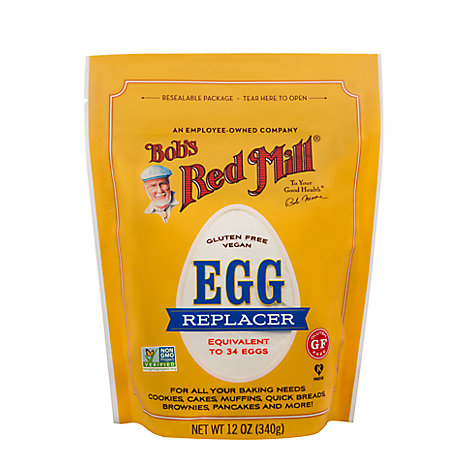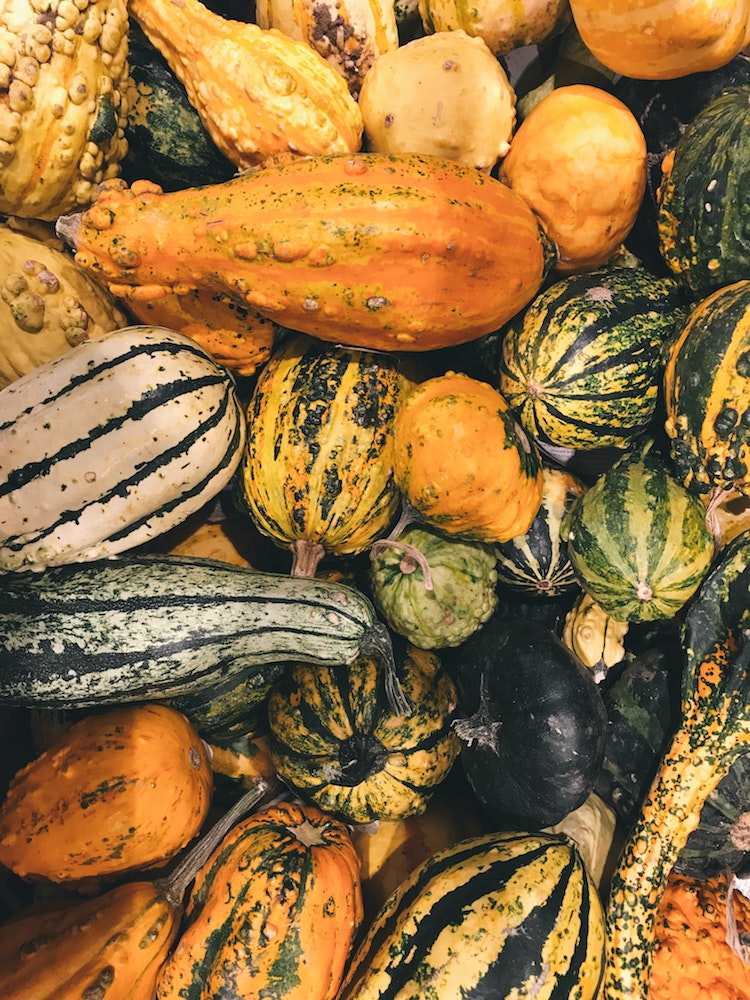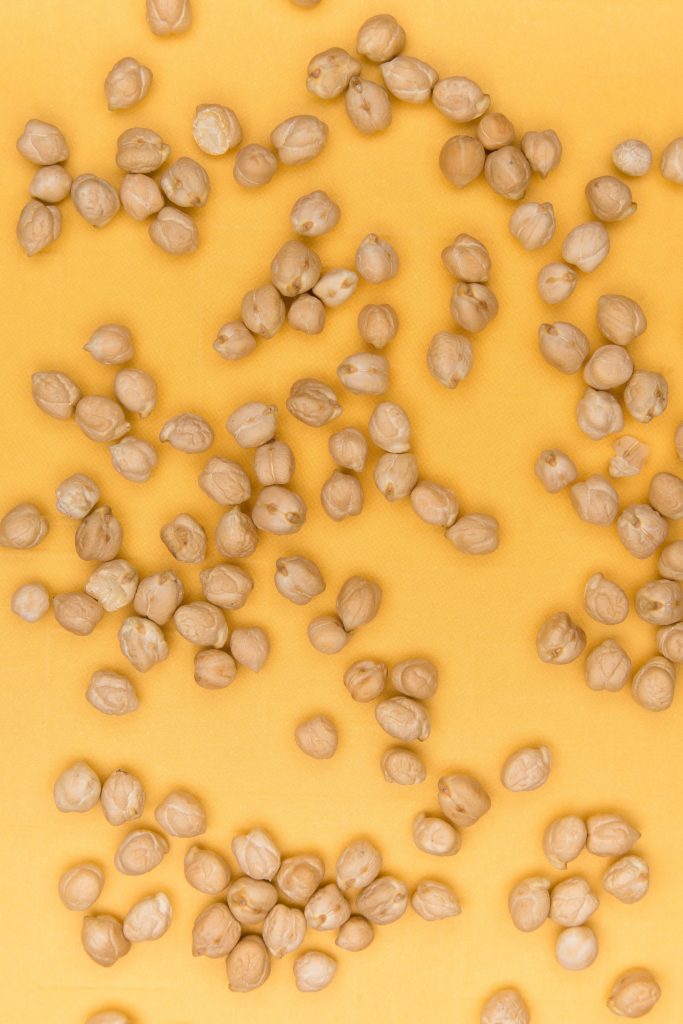Eggs. They’re one of those ingredients in traditional baking that’s hard to replace. Butter is easy. They’ve had margarine for years, and now they have specifically vegan butter. Same with milk. You’ve got a dozen different types of plant milk to choose from.
But eggs are trickier. They’ve got a lot of different functions in baked goods, and there’s no one perfect substitute.
So I’ve compiled a list of some of the good ingredients that are great vegan egg replacers.
These work best when you’re just replacing an egg or two in a recipe like cookies or muffins. For some other recipes that rely more heavily on eggs (such as quiches, meringues, and genoise cake), you are better off looking for a vegan-friendly version.
Pre-packaged egg replacer
You may be asking, “They’ve literally got products out there that are marketed as vegan egg replacers, so shouldn’t I be using those?”
You definitely can! They work well for baked goods like cake and cookies. But sometimes you run out. Or maybe, you’d rather use a straightforward ingredient rather than a prepackaged powder (especially if you have allergies). Or you already buy, say, ground flax seed for other purposes, and it’s just more straightforward to use it in place of eggs too.
So back to the egg replacer. What is it, and how does it replace eggs?

To figure out what exactly a powdered vegan egg replacer does, let’s look at my package of Bob’s Red Mill egg replacer. I’m using this since Bob’s Red Mill does a great job of making simple products without a ton of additives.
So their product is made up of potato starch, tapioca flour, baking soda, and psyllium husk fiber. Let’s go through these ingredients to figure out the functions – and why it works to replace eggs!
Fallon’s Science Corner
Potato starch is made from potatoes (obviously), which are a naturally starchy food. Potato starch can help bind and thicken your baked goods, sauces, soups, and other stuff you’re cooking.
Tapioca flour has basically the same function. Tapioca flour is a smooth powder made from the roots of the cassava plant. It makes a particularly good substitute for cornstarch, especially if you’re allergic to corn.
The biggest difference between tapioca flour and potato starch is that the latter is a little denser. I imagine that they used both ingredients in this egg replacer to get the optimal, most egg-like density.
You probably know what baking soda is, but it’s a leavening agent. That means it’ll help your baked goods rise and stay fluffy. Eggs do add texture and rise to baked goods, especially if you beat air into them. So baking soda is included here to mimic this rise.
Lastly, psyllium husk fiber comes from pulverized psyllium husk shells. It contains a lot of dietary fiber. Alone, it can be used with other ingredients to replace flour in gluten-free or keto baking. It can also help you with constipation. Fun!
In smaller quantities, like in this egg-replacer, it has a different function. When added to water, it turns gel-like – kinda like the texture of an egg! This is the binding agent of your egg replacer, the stuff that holds your baked goods together and improves the crumb structure.
Of course, this is just one brand of egg replacer. Other brands have different ingredients, but the function stays the same. It mostly acts to bind, thicken, and give a little rise to your baked goods.
Packaged egg replacer isn’t a magic replacement for eggs though. You can’t just chuck it in place of any recipe that calls for eggs; please don’t try and make an egg-replacer omelette!
What are my other options for replacing eggs?
Glad you asked! Here are some of my favorites.
Ground Flax Meal

1 tablespoon of flax meal + 3 tablespoons of water = 1 egg (just let it sit for a few minutes until it gets all gooey).
Make sure you’re using the ground up stuff, not the full flax seeds. The seeds don’t get all gooey like the flax meal does. You can grind up the seeds yourself and enjoy the terrible noise it makes, or you can buy pre-ground flax meal for fairly cheap. Just stick it in your freezer, and it lasts longer.
Chia Seeds/Chia Powder
1 tablespoon of chia seeds (or ground chia powder) + 3 tablespoons of water = 1 egg (just let it sit for a few minutes until it gets all gooey)
Unlike flax, chia doesn’t need to be ground up first.
I prefer using flax meal for most recipes, as it doesn’t have a distinct texture when mixed into doughs and batters. Chia seeds do add a poppy seed-like texture to your baked goods. But if you don’t mind that (or if you’re looking for an egg substitute for your poppy seed muffins!), it works really well!
Be warned that chia goes frickin’ everywhere and sticks to everything if it gets wet. It’s like glitter. You’ll be finding it in unexpected places around your kitchen for days later.
Fruit or Vegetable Puree

I would say that fruit puree is a great way to add some more nutrition to your baked goods, but who am I kidding? Cake isn’t healthy, even if it’s vegan and has a bit of sweet potato in it. If it’s super healthy, then it’s a frickin’ fruit salad.
Fruit puree definitely works better for some recipes than others. For one thing, some of the options below can impart flavors and colors – probably not the best option if you want a delicate vanilla flavor. But if you’re making a recipe with a bold chocolate or coffee flavor, the flavor of your fruit puree can be masked.
Puree also adds extra moisture and sweetness to your baked goods. This can work really well if you only need to substitute one egg.
Here are some options:
Applesauce – this is the most versatile, as it’s least likely to add additional flavor. One of my favorite carrot cake recipes uses quite a bit of applesauce.
Banana – adds banana flavor, especially if you use a lot of it. Works well if the thing you’re making would work well with a banana accent.
Sweet potato – will add orange color
Avocado – a decidedly more expensive option, and it can add a certain flavor if you’re making a lighter-flavored baked good. I haven’t used this much.
Squash, such as pumpkin or butternut – similar to sweet potato, squash can add an orange color to your bakes, and it might give it a funky flavor if you’re making, say, a vanilla-flavored bake.
Aquafaba
That stuff that you dump out when you open a can of chickpeas? Turns out that it’s really useful. The vegan community only found out about aquafaba’s egg-replacing powers in late 2014 into 2015. From there, it’s exploded. There’s even cookbooks centered around everything you can do with this stuff.

Aquafaba is best used for recipes where you need to whip air into eggs, such as meringues. I would suggest finding a specific vegan recipe if you want to try this out; it’s taken bakers a bit of experimenting to get this right, and it’s not something you can exchange for eggs one-for-one.
Also, if you’re worried about the chickpea taste, know that it doesn’t taste like chickpeas once you add other ingredients to it. Just make sure to get unsalted chickpeas at the store.
Tofu
Like fruit puree, tofu can mimic the moisture of eggs. Silken tofu is probably the most common type you’ll see in sweet recipes, as it’s got a creamy mouthfeel. Tofu isn’t the most common egg replacer out there; it’s more frequently used as a main component in recipes such as creamy pies and tarts.
Outside of baking, if you’re trying to make a savory scramble for breakfast though, use firm tofu. It works great, and you can even mimic the eggy taste and color with spices and a certain type of salt.
There you have it, a bunch of easy ways to replace eggs in your baked goods! There’s probably even more substitutes out there, but these are all easily accessible options, and ones that I’ve used before.
What are your favorite ways to replace eggs when you’re baking?

Leave a Reply
You must be logged in to post a comment.